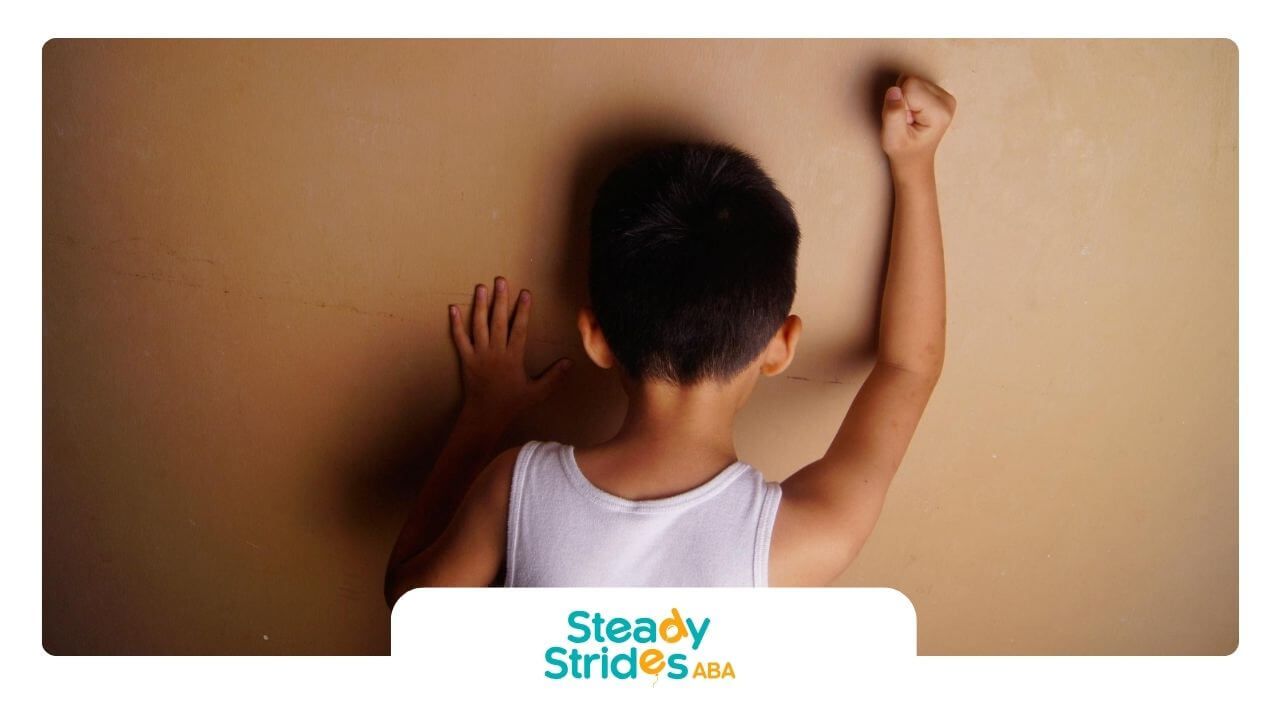When it comes to the IQ of nonverbal autistic individuals, there's no one-size-fits-all answer. IQ scores for people on the autism spectrum can vary significantly. Nonverbal individuals, just like those who are verbal, have a wide range of cognitive abilities.
Some may have average or above-average intelligence, while others may have intellectual disabilities. A common misconception is that being nonverbal automatically means a lower IQ, but that’s not the case.
Understanding Nonverbal Autism and IQ
It’s important to note that a person’s IQ isn’t defined solely by their ability to speak. Many nonverbal individuals have remarkable skills in areas like mathematics, visual arts, or memory, but they may struggle with expressive language.
According to research published in Autism Research, 30% of nonverbal autistic individuals exhibit intellectual disabilities, while the remainder often perform at average or above-average levels in certain areas.
Moreover, nonverbal communication can sometimes be a sign of difficulty with verbal expression, not intelligence. Some may use alternative methods to communicate, such as AAC devices, to express themselves more effectively. This highlights that the IQ of a nonverbal autistic person cannot be measured by speech alone. Instead, assessments should consider their strengths and potential in different domains.
If you’re seeking tailored support for an autistic individual, Steady Strides ABA offers expert autism services in Texas and New Mexico, including home-based ABA therapy. Our team focuses on nurturing each child's strengths and providing compassionate care to help them thrive.













